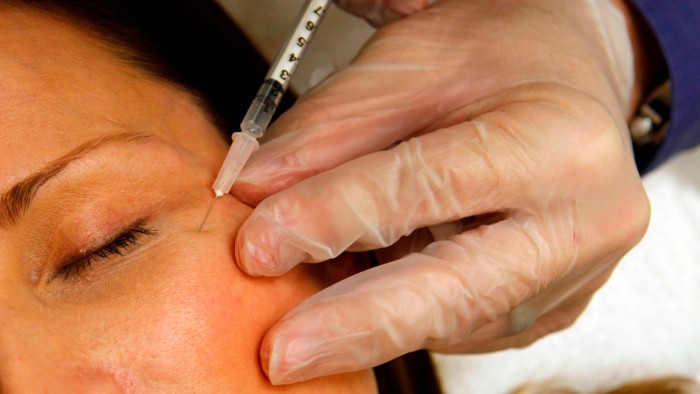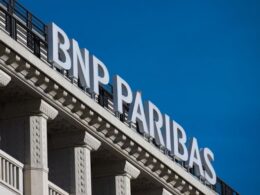Unlock the Editor’s Digest for free
Roula Khalaf, Editor of the FT, selects her favourite stories in this weekly newsletter.
The tariffs ruckus of the past week has etched extra frown lines on foreheads. For those who like to use “injectable aesthetics” to smooth out their crows’ feet — for which read Botox and similar products — there could yet be another wrinkle.
Pharmaceuticals were not included in the so-called reciprocal tariffs announced by Donald Trump. But that hasn’t stopped investors and countries that host medicine manufacturing from worrying. Even after the US president announced his 90-day pause on the reciprocal tariff scheme, Ireland — where Botox, among other products, is made — expressed concern that pharmaceuticals could yet be caught up in trade wars.
Investors, too, are concerned. Shares in pharma companies on both sides of the Atlantic are nursing wounds. Groups with exposure to the aesthetics market are among the worst hit, with specialist Galderma and Botox owner AbbVie both down roughly one-fifth since April 2. Galderma, which was spun out from Nestlé in 2019 and whose initial public offering was one of the biggest in Europe in 2024, has lost more than 35 per cent of its value since peaking in February.
Fillers and neuromodulators — products such as Botox and Galderma’s rival product Dysport — could be especially hard hit if pharmaceuticals were swept up in a second round of tariff wars. More than 90 per cent of the US aesthetic injectables market by value is supplied from abroad, reckons RBC Capital. Much production is in Europe: Dysport is manufactured in the UK for instance. Several products are made in South Korea.
What is more, the US accounts for a large proportion of the industry’s revenue. In 2024, 41 per cent of Galderma’s $4.4bn in net sales originated stateside.
Shifting production, of neuromodulators in particular, is neither quick nor easy. Their manufacture is very tightly regulated. Price rises would therefore be likely should the pharma industry be targeted in Trump’s tariff campaign. But so, too, would softening US sales. Even before “liberation day” there were concerns about the US market as consumer sentiment weakened and competition increased.
There are still good reasons to believe in the growth of aesthetic injectables. One is the phenomenon of “Ozempic face” — facial sagging among users of anti-obesity drugs. Sales outside the US are also growing. While Galderma’s US sales were flat last year, elsewhere they increased 15 per cent compared to 2023. But tariff frets will first have to be smoothed over before investors are tempted back to the beauty salon.
Source link









